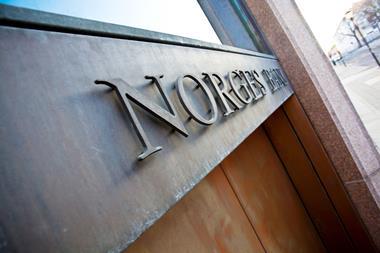GLOBAL – Real estate investors are switching from core to better-performing value-added funds amid continuing concerns over core pricing, according to a new report.
Preqin, which measured investor intentions for the next 12 months, found appetite for core property funds had fallen from 54% in January 2011 to 45% in January this year. Appetite for value-added strategies increased from 46% to 55% over the same period.
Real estate data manager Andrew Moylan attributed the shift to continuing concerns over core pricing and the recent strong performance of value-added funds launched between 2008 and 2009.
However, he reaffirmed a longer-term trend towards investors concentrating on fewer manager relationships, despite an increase in the share of capital raised by value-added funds from 13% in 2011 to 18% last year.
“Some value-added funds will be successful but there are still many fund managers chasing limited capital,” he said.
The number of value-added funds rose from 95 to 107 over the past year, although Moylan said there was no evidence that investors were targeting any specific type of value-added fund according to geography or asset class.
Institutions planning to invest in value-added funds include German insurer Barmenia, which will commit €40m primarily to logistics, and the US YMCA Retirement Fund, which will commit $100m (€76.8m) to five value-added funds across North America, Europe and Asia.
Although appetite for core-plus funds has increased from 27% in January 2011 to 45% in January 2013, Moylan pointed out that value-added funds tended to be more widely targeted, although some funds have incorporated elements of both strategies.
The findings are consistent with those of INREV's recent investor intentions survey, which found that the proportion of investors interested in value-added strategies had doubled in 12 months.
Investors’ increased willingness to commit capital to value-added funds appears to have transpired as part of a broader shift up the risk curve. Initial data released this week from CBRE’s annual investor intentions survey confirmed increased interest in opportunistic and value-added assets, with more than 40% of 362 investors identifying them as the most attractive acquisition targets, compared with 53% which opted for core assets.












